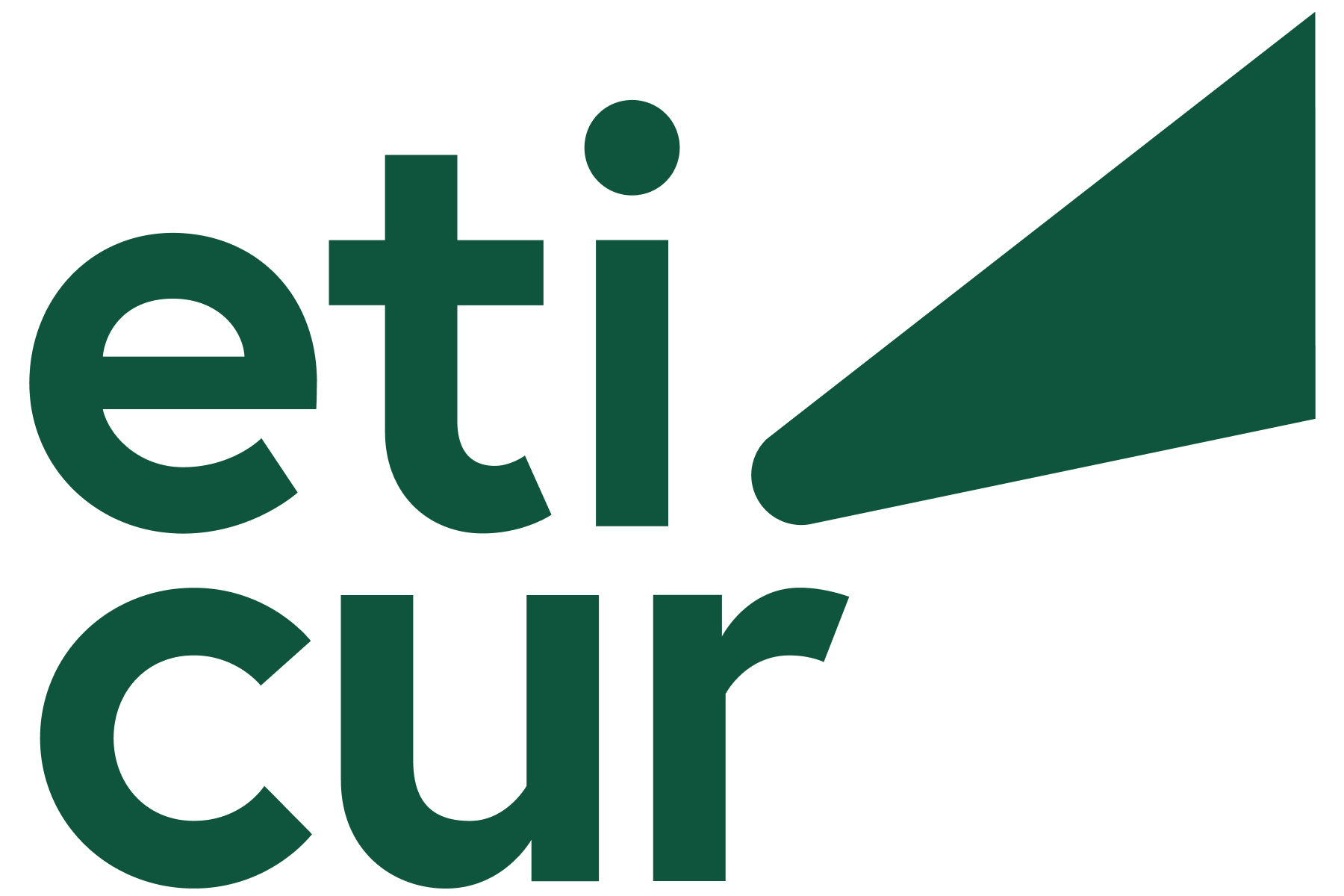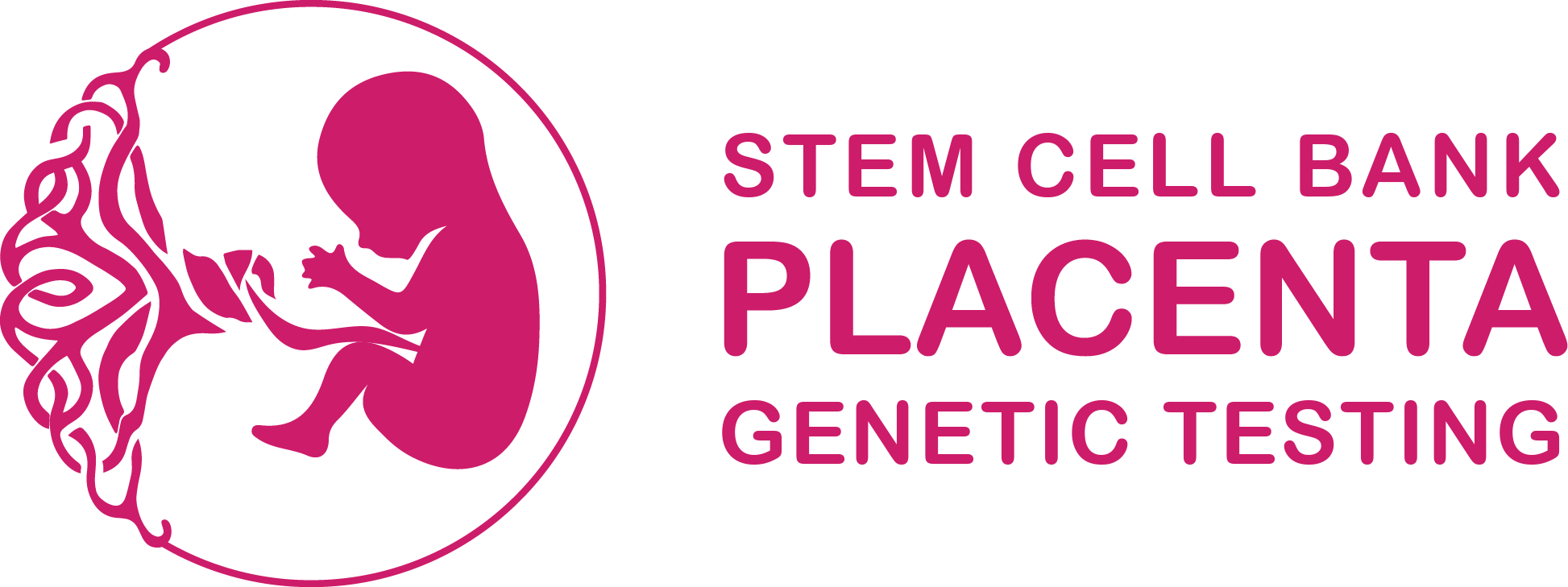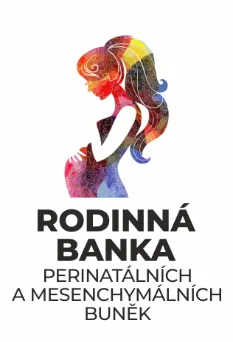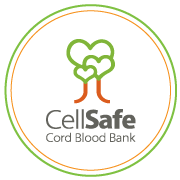Why it is
worth?
Miraculous cells
Umbilical cord blood is rich in stem cells that have the ability to differentiate into other cell lines, e.g. nerve, bone, muscle or blood cells. By collecting umbilical cord blood and banking the stem cells contained in it, we gain access to innovative stem cell therapy when it is needed.
What are the advantages?

80 oncological and hematological diseases
so many diseases are treated by umbilical cord blood stem cells transplantation

autism and cerebral palsy
use of stem cells provides advantages patients with these diseases

regenerative medicine
umbilical cord stem cells are widely used in the reconstruction of neurons, joints and bones

1:100
the odds of being treated with stem cells in the future
Since we don’t know the future, we can’t be sure what diseases may happen to our relatives. The probability of future stem cell treatment is now at 1:100 and these cells may be used both for the child during whose birth they were harvested, as well as for the siblings and the child's family (with a compatible HLA system). The collection procedure is non-invasive and completely safe for both the mother and the child.
What are the disadvantages?

It's not a cure for everything
despite the growing number of indications, stem cells will not be the proper choice for all diseases

There are costs to be borne
the collection and banking of umbilical cord blood is not reimbursed, so parents must cover the costs themselves

Sometimes it can’t be harvested
there are contraindications for collection, e.g. HIV infection



























